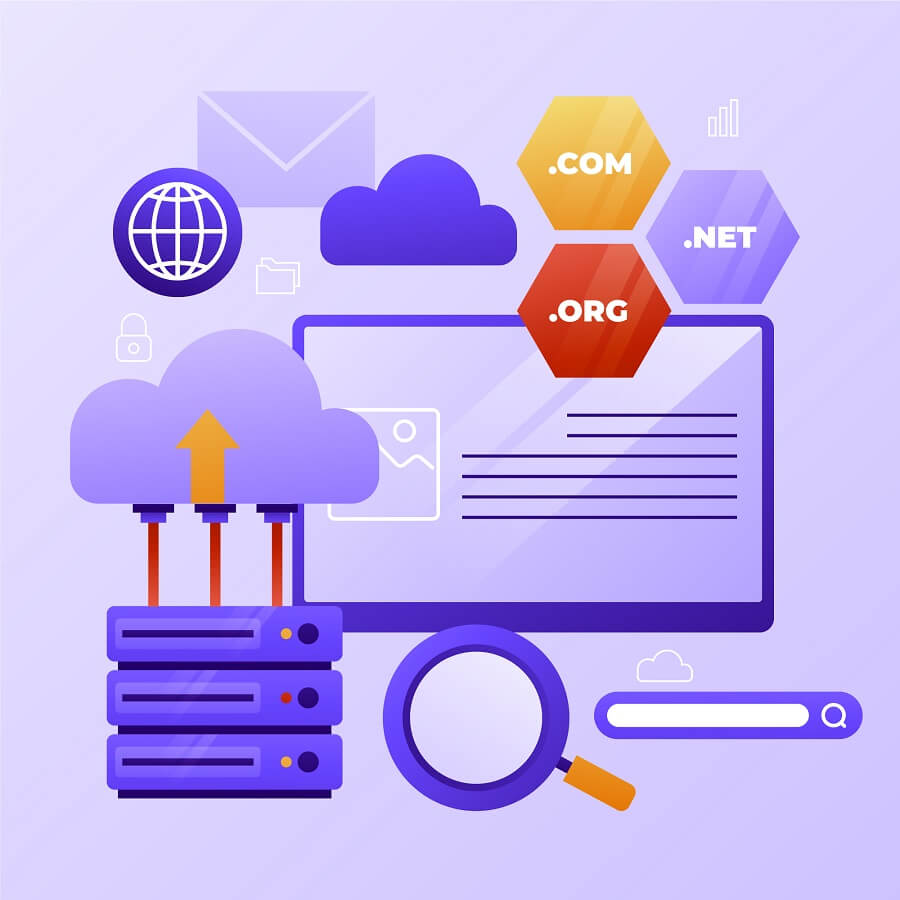What is a reverse proxy?
A reverse proxy is a server that sits between client devices and backend servers, acting as an intermediary for requests. It provides enhanced security, load balancing, and improved performance by distributing incoming traffic across multiple servers. This setup helps protect backend servers from direct exposure while optimising resource utilisation.
Why are reverse proxies important?
Reverse proxies are crucial for modern web infrastructure because they enhance security, improve performance through caching, and enable efficient load balancing. They protect backend servers from direct attacks, optimize content delivery, and help maintain high availability of web services. This makes them essential for scalable and secure web applications.
What types of features do reverse proxies offer?
How do reverse proxies maintain security?
How do I get started with a reverse proxy?
What are the benefits of reverse proxies for businesses?
Reverse proxy implementation encompasses various features, including load balancing, SSL termination, caching, compression, and security functions. These components work together to ensure efficient request handling, improved performance, and enhanced security. The right combination of these features helps optimize your web infrastructure for better reliability and user experience.
Reverse proxies maintain security through multiple layers of protection, including DDoS mitigation, IP filtering, and request inspection. They act as a security barrier between clients and backend servers, monitoring traffic patterns and blocking suspicious activities. Regular security updates and configuration reviews ensure optimal protection.
Getting started with a reverse proxy begins with choosing the right solution (like Nginx or HAProxy) and planning your infrastructure needs. You'll need to configure the proxy settings, set up SSL certificates, and establish routing rules. Many solutions offer detailed documentation and community support. Regular monitoring and maintenance ensure optimal performance.
Reverse proxies provide businesses with enhanced security, improved performance, and better resource utilization. They help manage high traffic loads, protect against cyber threats, and optimize content delivery. This infrastructure investment often results in better user experience, reduced server costs, and improved website reliability.

























